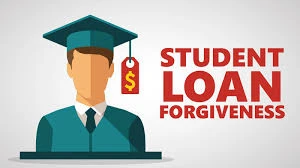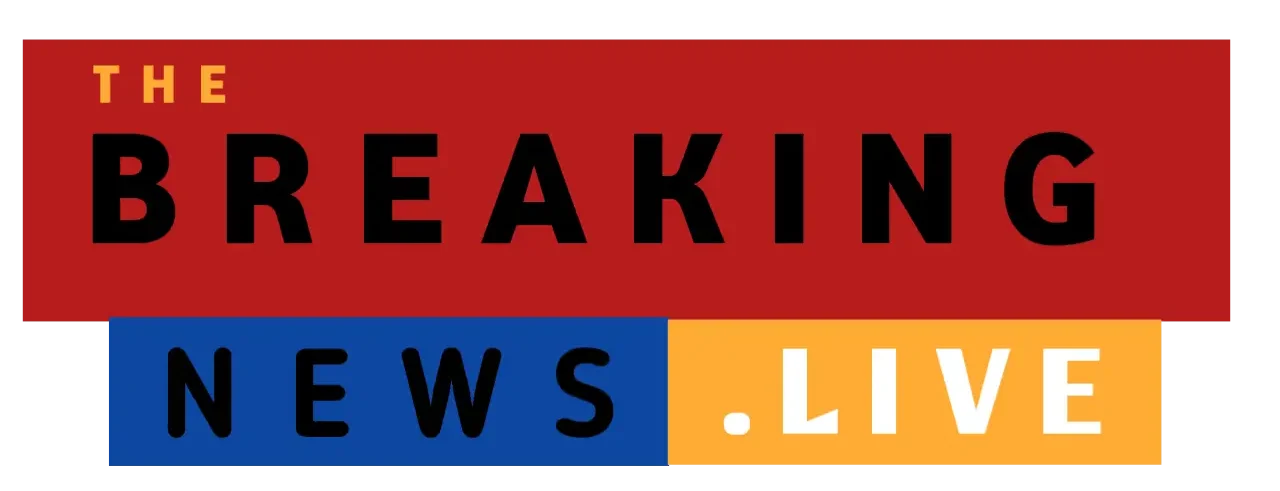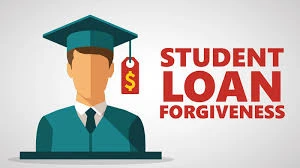As of July 2025, Congress has officially passed one of the most consequential education reform packages in decades — the controversial “Big Beautiful Bill,” backed by former President Donald Trump and advanced by a bipartisan coalition. While much of the media spotlight has focused on immigration and infrastructure provisions, buried within the bill are sweeping changes to loan forgiveness student loans programs that are already sparking fierce debate nationwide.
The changes come amid growing frustration with the patchwork of federal student loan policies that have left millions of borrowers confused, in debt, and in limbo. The new legislation attempts to simplify the system — but critics warn that it may also restrict eligibility and delay relief for certain groups.
Here are 7 surprising changes to loan forgiveness for student loans under the Big Beautiful Bill — and what they mean for current and future borrowers.

Table of Contents
1. Standard Forgiveness Timeline Increased from 20 to 25 Years
One of the most controversial changes is the extension of the standard income-driven repayment forgiveness timeline from 20 years to 25 years for new borrowers starting in 2026.
Supporters argue this aligns with average career earnings and makes the system more financially sustainable. But for those holding significant debt — particularly graduate students — the change could mean an additional 60 months of payments before receiving any forgiveness.
This new rule does not retroactively affect existing borrowers, but it will impact high school graduates entering college next year.
2. Public Service Loan Forgiveness (PSLF) Overhaul
The Public Service Loan Forgiveness program, long criticized for its complexity and low approval rate, will see a complete overhaul.
Key reforms include:
- Shortening the forgiveness period from 120 payments (10 years) to 96 payments (8 years)
- Automatic tracking of qualifying payments using IRS and Department of Labor data
- Expanded eligibility for adjunct professors, contract nurses, and first responders
However, the bill also introduces annual verification requirements, and missing even one year could reset progress — a sticking point for unions and advocacy groups.
3. Elimination of the SAVE Plan for New Borrowers
The Department of Education’s SAVE (Saving on a Valuable Education) income-driven repayment plan, launched under the Biden administration, will be sunset for new borrowers as of 2026.
Instead, all new federal borrowers will be enrolled in a restructured IDR plan with a fixed monthly payment of 10% of discretionary income and a longer repayment timeline.
Advocates of the SAVE plan, which reduced monthly payments for low-income borrowers, have called this change a step backward in terms of affordability and accessibility.
4. Caps on Forgiveness for Graduate and Parent PLUS Loans
In an effort to control ballooning federal liabilities, the bill introduces new lifetime forgiveness caps:
- $60,000 for undergraduate borrowers
- $100,000 for graduate and Parent PLUS borrowers
Previously, there was no limit to the amount that could be forgiven under IDR plans. Critics say the caps punish those who pursued advanced degrees or borrowed for children’s education.
Borrowers with balances above these thresholds will be expected to pay off the remaining principal, even after reaching the forgiveness timeline.
5. New Tax Rules for Forgiven Debt
Under current law, most forgiven student loan debt is not taxed at the federal level through 2025, thanks to COVID-era provisions. The new bill extends that exemption permanently — but with a twist.
Only borrowers who complete their full repayment term will receive tax-free forgiveness. If you default or settle early through negotiation, the forgiven amount may be considered taxable income.
This adds an extra layer of incentive — and pressure — for borrowers to stay in good standing for decades.
6. Automatic Enrollment and Employer Reporting
In a move to streamline enrollment, the Department of Education will now automatically place borrowers into the most affordable repayment plan based on their IRS-reported income.
Employers will also be required to report income data and job titles annually for employees using federal repayment programs. This creates more automation — but also raises privacy concerns among critics.
The goal is to ensure more accurate payment tracking and reduce the paperwork burden on borrowers — a long-standing issue in student loan administration.
7. Restrictions on Private University Participation in Federal Aid
In a late addition to the bill, institutions that receive more than 90% of revenue from federal loans and grants will face new oversight and potential caps on student borrowing.
While this doesn’t directly change loan forgiveness terms, it aims to reduce abuse by for-profit and predatory schools that leave students with high debt and poor job prospects — a win for student advocates.
Universities failing to meet employment and graduation benchmarks risk losing access to federal aid programs altogether.
What This Means for Borrowers
The loan forgiveness student loans landscape is changing dramatically, and it’s critical for students, parents, and recent graduates to understand how these rules affect their financial futures.
While some provisions bring long-overdue reforms (such as PSLF improvements and permanent tax exemption), others extend repayment timelines and limit forgiveness in ways that could leave future borrowers paying far more over their lifetimes.
Now is the time to:
- Review your current repayment plan
- Understand which rules apply to your borrowing year
- Talk to a certified financial advisor or student loan counselor
- Monitor updates from the U.S. Department of Education
🔍 Frequently Asked Questions (FAQs)
Q1: Will current borrowers be affected by the changes?
A: Most of the major changes apply to new borrowers from 2026 onward. If you took out loans before then, your terms should remain the same — but verify with your servicer.
Q2: Is Public Service Loan Forgiveness easier now?
A: Yes and no. The required payments are reduced, and tracking is automated, but the new annual verification rules can be tricky to maintain.
Q3: What happens to the SAVE Plan?
A: It will no longer be available to new borrowers after 2025, but current users can stay on the plan.
Q4: Are forgiven loans still tax-free?
A: Yes — but only if you complete the full repayment term without defaulting or settling early.
Q5: What’s the best way to stay compliant and eligible?
A: Enroll in auto-pay, submit income verification annually, and avoid gaps in employment reporting. Keep records of every interaction with your servicer.
- Independence Day Celebrations Near Me: 9 Unmissable Events to Make Your Fourth of July Spectacular
- House Vote on ‘Big Beautiful Bill’: 5 Critical Reasons Why This Controversial Measure Faces Fierce Backlash
- Mello Buckzz: 5 Shocking Facts About the Deadly Shooting That Shook Chicago’s Hip-Hop Scene
- Diogo Jota: 7 Heartbreaking Moments Remembering the Life and Legacy of the Portuguese Star
- 7 Alarming Facts About the GM Vehicle Recall Fire Risk That Drivers Must Know


1 thought on “Loan Forgiveness Student Loans: 7 Sweeping Changes Congress Just Approved in the ‘Big Beautiful Bill’”